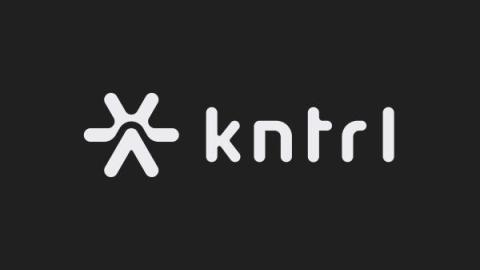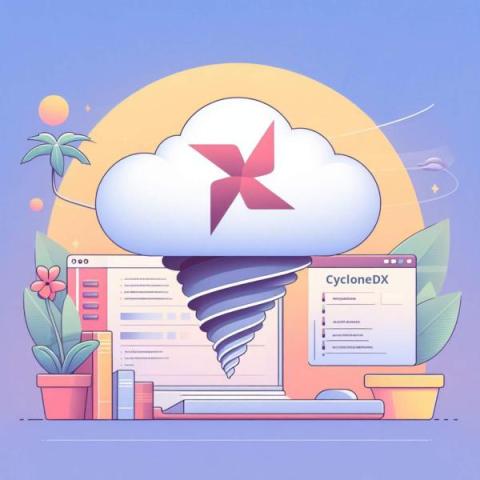Securing CI/CD Runners through eBPF
During the Open Security Summit 2024, Yahoo! Principal Security Engineer Mert Coskuner and Kondukto CEO & Co-Founder Cenk Kalpakoglu delved into the intriguing topic of securing CI Runners through eBPF agents. Although the title might seem unconventional, it reflects their creative approach to solving security challenges in continuous integration environments. With the rapid digital transformation of businesses, there has been an increasing focus on supply chain attacks and their impact on security.











